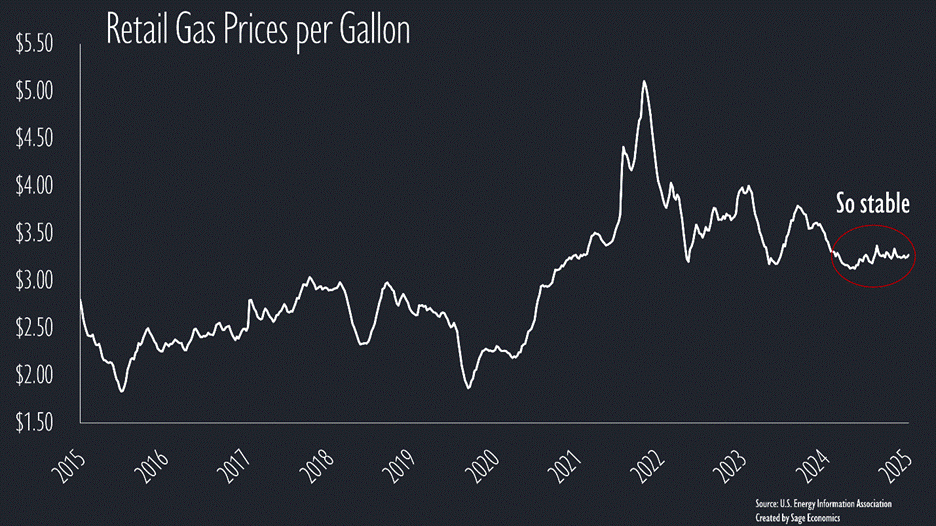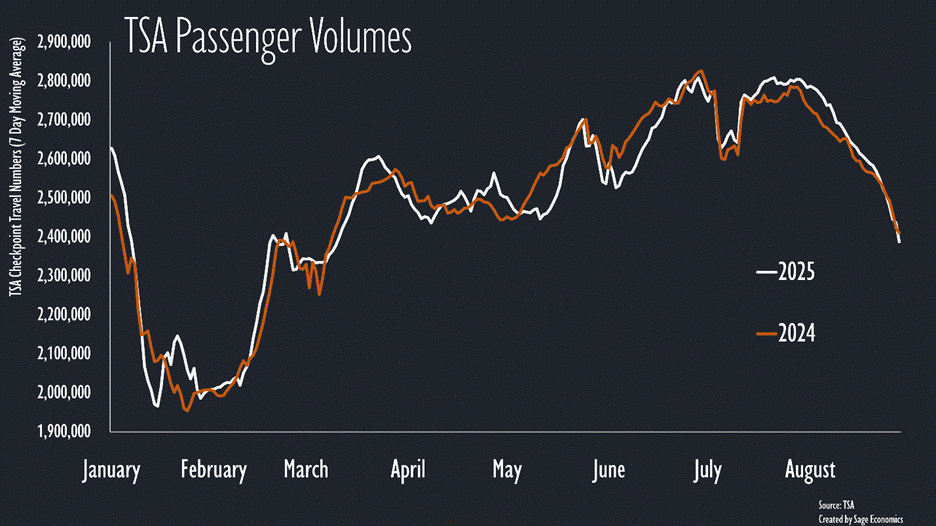Slapdash Week in Review
Inflation, tariffs, & more
This week brought us further changes on America’s evolving tariff regime. For instance, the de minimis exemption (allowing packages worth less than $800 to enter the U.S. tariff-free) was eliminated today. But it was eliminated before they figured out how to calculate tariffs on packages sent from foreign carriers.
So the solution—announced yesterday—is that you can pay a flat fee between $80 and $200 on those packages for the next six months, at which point you’ll have to pay the actual tariff rate. Needless to say, that’s an exorbitant fee, especially on low cost items. Oh, and there was also the imposition of 50% tariffs on India, which has a lot of people who look like me steaming mad.
Harmful economic policy is bad. Implementing it in a thoughtless, slapdash, vindictive way is even worse.
Anyway, this week brought us updates on inflation, consumer confidence, spending, income, saving, and more. So let’s get off the soapbox and into the data.
Monday
New Home Sales
New home sales (i.e., sales of homes that have just been built) fell slightly in July and are down about 8% over the past year. There are now 121,000 fully built new homes on the market, the most since mid-2009. Homebuilders aren’t having a great time right now. By the way, there has been growing evidence over the past four months that home prices have been declining in much of the nation, which represents more bad news for homebuilders. Sorry.
Oil Stuff (Baker Hughes Rig Count, Gas & Diesel Prices)
Not much to report here. The number of active U.S. oil rigs fell by one and has been virtually unchanged during the past three weeks. Gas prices inched up by $0.02/gallon but remain in the so stable oval we drew on the graph below. Diesel prices were unchanged for the week.
TSA Checkpoint Travel Numbers
The number of people flying fell below 2024 levels for the first time in a few months, according to TSA data. Don’t read too much into that. Holiday weekends make for weird year-over-year comparison.
Tuesday
Conference Board Consumer Confidence Index
This measure of consumer sentiment fell slightly in August. Economic expectations remain pretty glum. Write-in responses show increasing concern regarding tariffs and inflation.
Durable Goods Orders
Orders for new durable goods (things that typically last at least three years) fell in July, but that was entirely due to the volatile aircraft category. Excluding transportation, orders were up 1.1% for the month and 1.9% year-to-date. That’s better than expected and a good (albeit small) sign for U.S. manufacturing.
Wednesday
Mortgage Applications
Keep reading with a 7-day free trial
Subscribe to Sage Economics to keep reading this post and get 7 days of free access to the full post archives.




